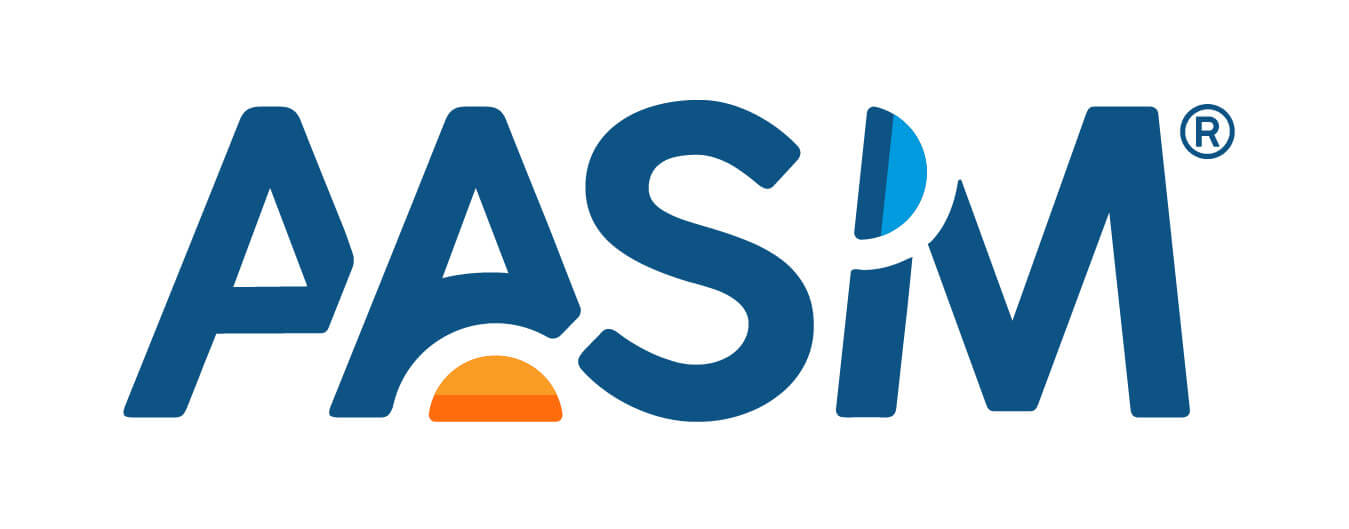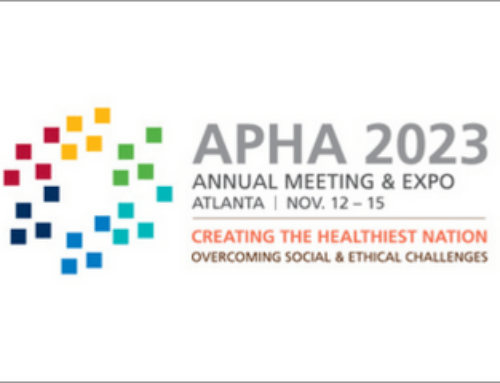With the recent Supreme Court decision to uphold the Affordable Care Act, there is much speculation on how this legislation will change clinical practice. While the unknowns are greater than what we currently understand about the ACA, the AASM has been analyzing what is in store for sleep medicine. Over the next several weeks, the AASM website will provide a synopsis of certain provisions in the bill. This week will focus on Cost Containment.
Administrative simplification
- Simplify health insurance administration by adopting a single set of operating rules for eligibility verification and claims status (effective January 1, 2013), electronic funds transfers and health care payment and remittance (effective January 1, 2014), and health claims or equivalent encounter information, enrollment and disenrollment in a health plan, health plan premium payments, and referral certification and authorization (effective January 1, 2016). Health plans must document compliance with these standards or face a penalty of no more than $1 per covered life. (effective April 1, 2014)
Medicare
- Establish an Independent Payment Advisory Board comprised of 15 members to submit legislative proposals containing recommendations to reduce the per capita rate of growth in Medicare spending if spending exceeds a target growth rate. Beginning April 2013, require the Chief Actuary of CMS to project whether Medicare per capita spending exceeds the average of the Consumer Price Index, based on a five year period ending that year. If so, beginning January 15, 2014, the Board will submit recommendations to achieve reductions in Medicare spending. Beginning January 2018, the target is modified such that the board submits recommendations if Medicare per capita spending exceeds Gross Domestic Product per capita plus one percent. The Board will submit proposals to the President and Congress for immediate consideration. The Board is prohibited from submitting proposals that would ration care, increase revenues or change benefits, eligibility or Medicare beneficiary cost sharing (including Parts A and B premiums), or would result in a change in the beneficiary premium percentage or low-income subsidies under Part D. Hospitals and hospices (through 2019) and clinical labs (for one year) will not be subject to cost reductions proposed by the Board. The Board must also submit recommendations every other year to slow the growth in national health expenditures while preserving quality of care by January 1, 2015. Reduce annual market basket updates for inpatient hospital, home health, skilled nursing facility, hospice and other Medicare providers, and adjust for productivity.
- Freeze the threshold for income-related Medicare Part B premiums for 2011 through 2019, and reduce the Medicare Part D premium subsidy for those with incomes above $85,000/individual and $170,000/couple. (Effective January 1, 2011)
- Reduce Medicare Disproportionate Share Hospital (DSH) payments initially by 75% and subsequently increase payments based on the percent of the population uninsured and the amount of uncompensated care provided (Effective fiscal year 2014)
- Allow providers organized as accountable care organizations (ACOs) that voluntarily meet quality thresholds to share in the cost savings they achieve for the Medicare program. To qualify as an ACO, organizations must agree to be accountable for the overall care of their Medicare beneficiaries, have adequate participation of primary care physicians, define processes to promote evidence-based medicine, report on quality and costs, and coordinate care.
- Create an Innovation Center within the Centers for Medicare and Medicaid Services to test, evaluate, and expand in Medicare, Medicaid, and CHIP different payment structures and methodologies to reduce program expenditures while maintaining or improving quality of care. Payment reform models that improve quality and reduce the rate of cost growth could be expanded throughout the Medicare, Medicaid, and CHIP programs.
- Reduce Medicare payments that would otherwise be made to hospitals by specified percentages to account for excess (preventable) hospital readmissions.
- Reduce Medicare payments to certain hospitals for hospital-acquired conditions by 1%. (Effective fiscal year 2015)
Medicaid
- Increase the Medicaid drug rebate percentage for brand name drugs to 23.1 (except the rebate for clotting factors and drugs approved exclusively for pediatric use increases to 17.1%); increase the Medicaid rebate for non-innovator, multiple source drugs to 13% of average manufacturer price. Extend the drug rebate to Medicaid managed care plans.
- Reduce aggregate Medicaid DSH allotments by $.5 billion in 2014, $.6 billion in 2015, $.6 billion in 2016, $1.8 billion in 2017, $5 billion in 2018, $5.6 billion in 2019, and $4 billion in 2020. Require the Secretary to develop a methodology to distribute the DSH reductions in a manner that imposes the largest reduction in DSH allotments for states with the lowest percentage of uninsured or those that do not target DSH payments, imposes smaller reductions for low-DSH states, and accounts for DSH allotments used for 1115 waivers.
- Prohibit federal payments to states for Medicaid services related to health care acquired conditions.
Prescription drugs
- Authorize the Food and Drug Administration to approve generic versions of biologic drugs and grant biologics manufacturers 12 years of exclusive use before generics can be developed.
Waste, fraud, and abuse
- Reduce waste, fraud, and abuse in public programs by allowing provider screening, enhanced oversight periods for new providers and suppliers, including a 90-day period of enhanced oversight for initial claims of DME suppliers, and enrollment moratoria in areas identified as being at elevated risk of fraud in all public programs, and by requiring Medicare and Medicaid program providers and suppliers to establish compliance programs. Develop a database to capture and share data across federal and state programs, increase penalties for submitting false claims, strengthen standards for community mental health centers and increase funding for anti-fraud activities.








